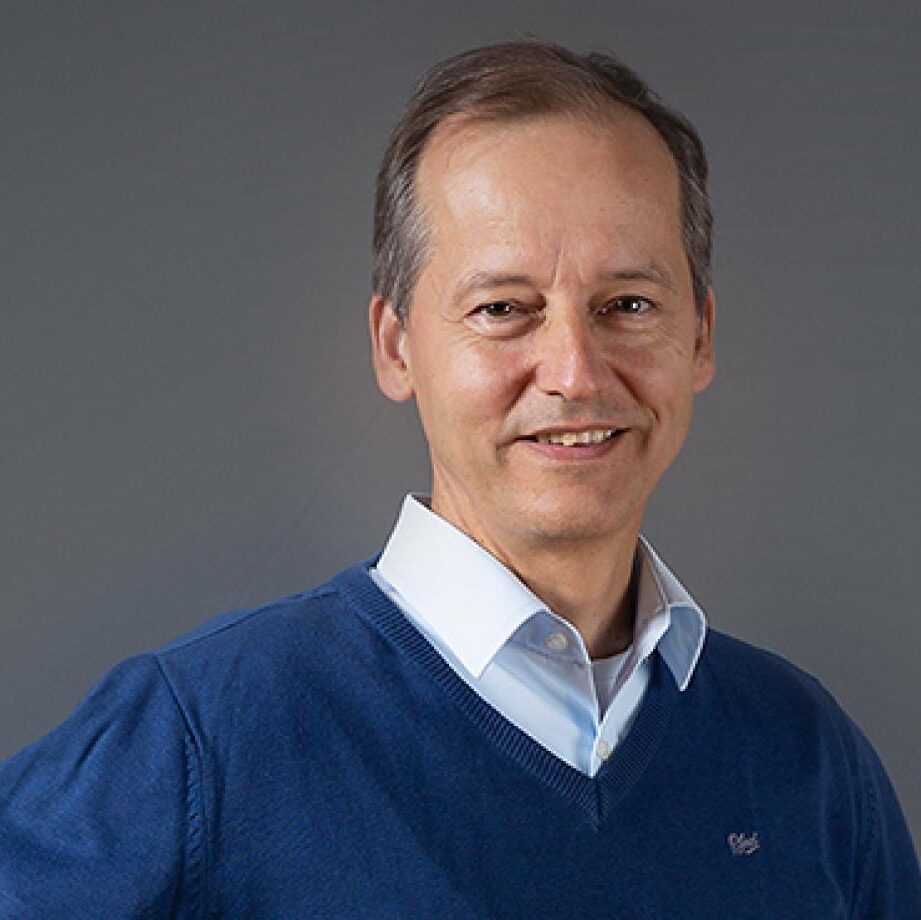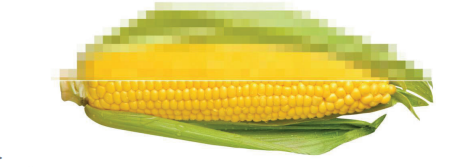Zero Hunger Lab: Bytes for Bites
As Zero Hunger Lab (ZHL), we are very proud to write one of this year’s series of columns in Nekst. The Lab is an exciting place where we work together on research to make this world a better place for all. So it is not only about science but also about impact (not always easy ☺)! In this edition’s column we will give an overview of the why and the how of the Lab.
Hunger remains one of the world’s most challenging problems. According to the United Nations (UN, 2020), as many as 811 million people will go to bed hungry tonight and every ten seconds a child dies somewhere in the world due to hunger and malnutrition. In our Lab, we want to use data science (in the broadest sense) to help ensure global food and nutrition security. We call this bytes for bites.
In 2015 countries worldwide have agreed upon 17 Sustainable Development Goals (SDGs). The second goal, SDG-2, is about Zero Hunger. Several targets are specified by 2030. For example, ensure safe, nutritious and sufficient food for all people and end all forms of malnutrition. Of course, this is a huge task that cannot be solved by a small group of researchers. And to perform this research we need a lot of knowledge and data from the field. Therefore, we work closely together with the UN and with NGO’s and local governments. Thereby helping them to provide better aid.
And that is how the Zero Hunger Lab came into place. Some ten years ago we started to work together with the UN-World Food Programme (WFP) in Rome. WFP is the largest humanitarian aid organization in the world and one of the biggest transporters in the world (in tonnages). They do an almost unbelievable job of feeding the one hundred million poorest people on this planet. This happens at very remote places, under dangerous conditions and difficult political circumstances.
From Tilburg University we have worked together with the Supply Chain Planning group of WFP from 2012 onwards via a series of five Master Thesis students. Imagine: you could have been one of them… They all did great and valuable work but one person, Koen Peters, realized what we had envisioned: an end-to-end supply chain model (called Optimus) that also optimizes the so-called food basket. The food baskets are the food components you bring to beneficiaries, and which together make up for a good and healthy meal. Maybe you have heard the story from Koen, who besides his job at WFP is also a member of ZHL, since he regularly gives lectures during classes and other events. Otherwise: try to attend it one time. It is really impressive!
But if you look at the world hunger numbers like the 811 million mentioned above and the 100 million WFP is serving, there still is a big gap. In our view the solution to help these people is to design resilient and sustainable food systems so that they can feed themselves. Together with Perry Heijne (ex-CEO of NGO CARE Netherlands) and based on discussions with prof Dick den Hertog, we have founded Zero Hunger Lab in 2019 with a subsidy of the Ministry of Foreign Affairs and a corresponding matching by our faculty TiSEM.
In the next three Nekst columns we will go deeper into what this entails by providing you with examples. Maybe good for you to know: the core of our Lab consists of our PhD students and we need quite some Master Thesis students to support the work of the PhD students and to explore new cooperations with NGOs. Furthermore, we need some volunteers from time to time. So, I hope you already think about this for the choices you make during your study ☺!

Hein Fleuren, Director Zero Hunger Lab,
is full professor in the application of Operations Research and Business Analytics and director of the Zero Hunger Lab. His research interests comprise big transportation networks and data science applications to reduce hunger in de world
Hein Fleuren’s profile on TiU’ website

